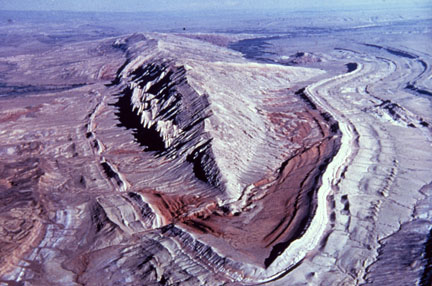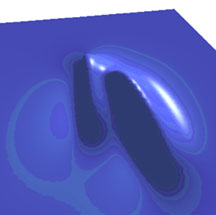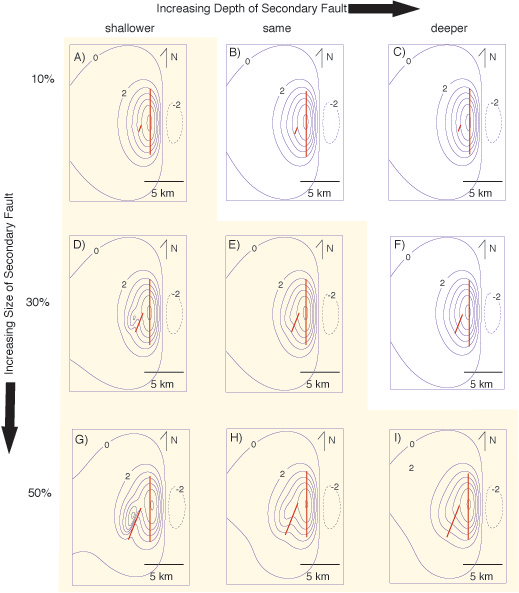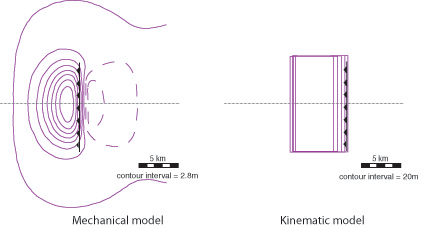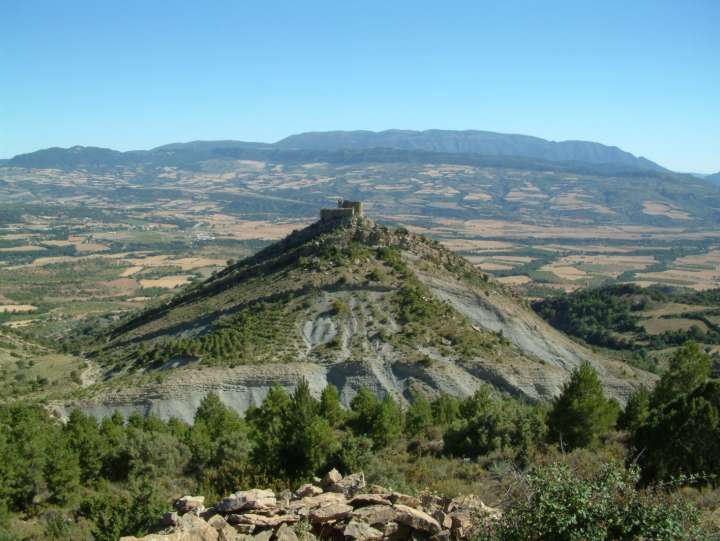 |
We mapped fractures at Sant Corneli anticline, an EW trending non-cylindrical, fault-related anticline
in the Spanish Pyrenees. Fracture mapping in syn-tectonic strata directly links fold-related fracturing to
fold evolution because the relationship of fractures to syn-tectonic strata can constrain structural timing.
Rather than using absolute fracture orientation as a primary means of grouping fracture sets, we used
relative fracture timing, mineral fill, fracture size (length and height), and orientation with respect to bed
strike to delineate five bed-orthogonal fracture sets that we interpret to be associated with folding and
faulting events. We observe several early sets of joints with calcite fill (J1, J2, J3) many of which are
interpreted to be related to fold axis perpendicular normal faulting of the anticline. Two late-stage joint
sets with associated iron oxide mineralization in the surrounding wall rock (J4, J5) are oblique to
bedding, maintain orientation with respect to bed strike, and are interpreted to result from flexure of the
anticline. We infer the timing of J4/J5 jointing relative to syn-tectonic events. This research demonstrates
how fracture studies that integrate syn-tectonic strata and distinguish fracture sets on the basis of
multiple characteristics can better constrain the timing of fracturing relative to regional deformation
events. |
Shackleton, J. Ryan, Michele L Cooke, Jaume Verges and Toni Simo, 2011. Temporal constraints on fracturing associated with fault-related folding at Sant
Corneli anticline, Spanish Pyrenees, Journal of Structural Geology, vol. 33, 5-19, doi:10.1016/j.jsg.2010.11.003.
See Ryan Shackleton's web page for more |
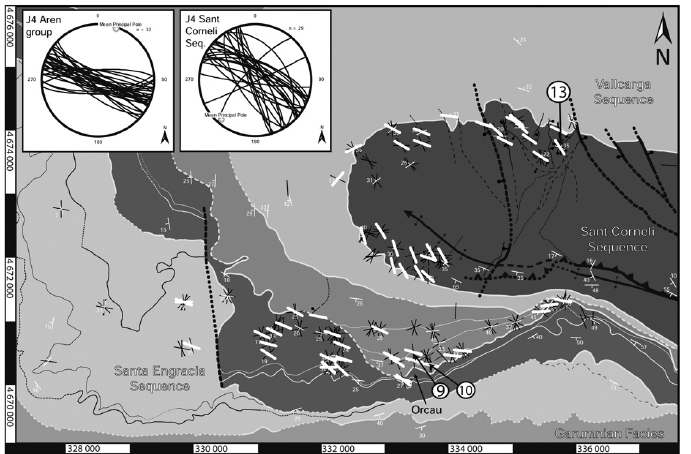 |
